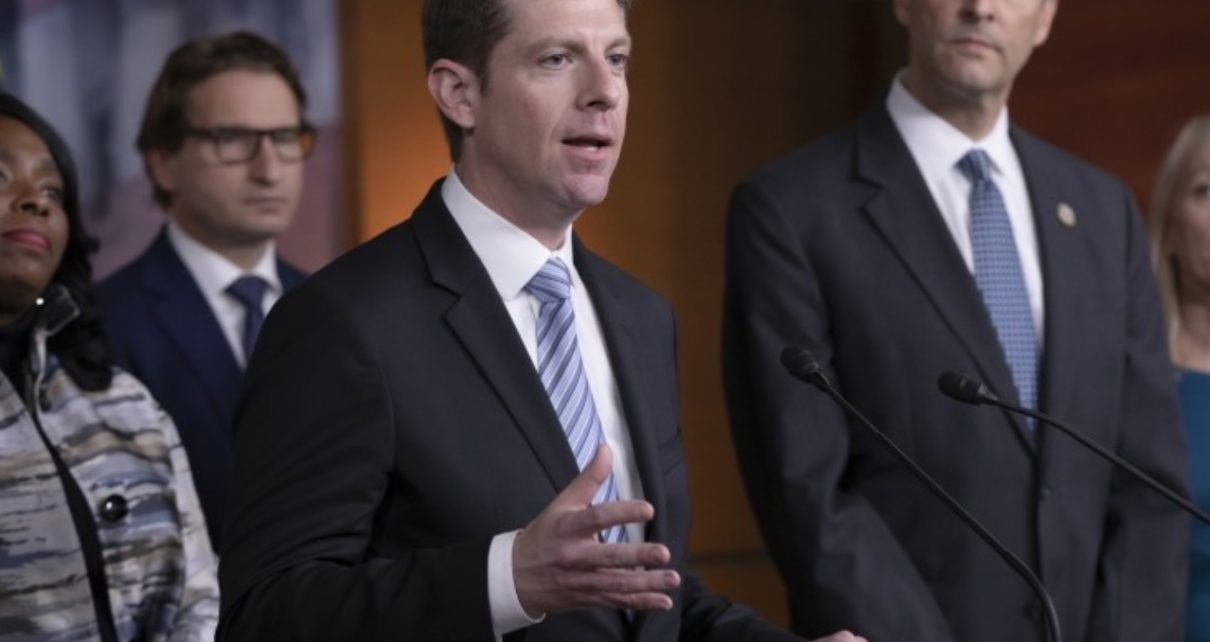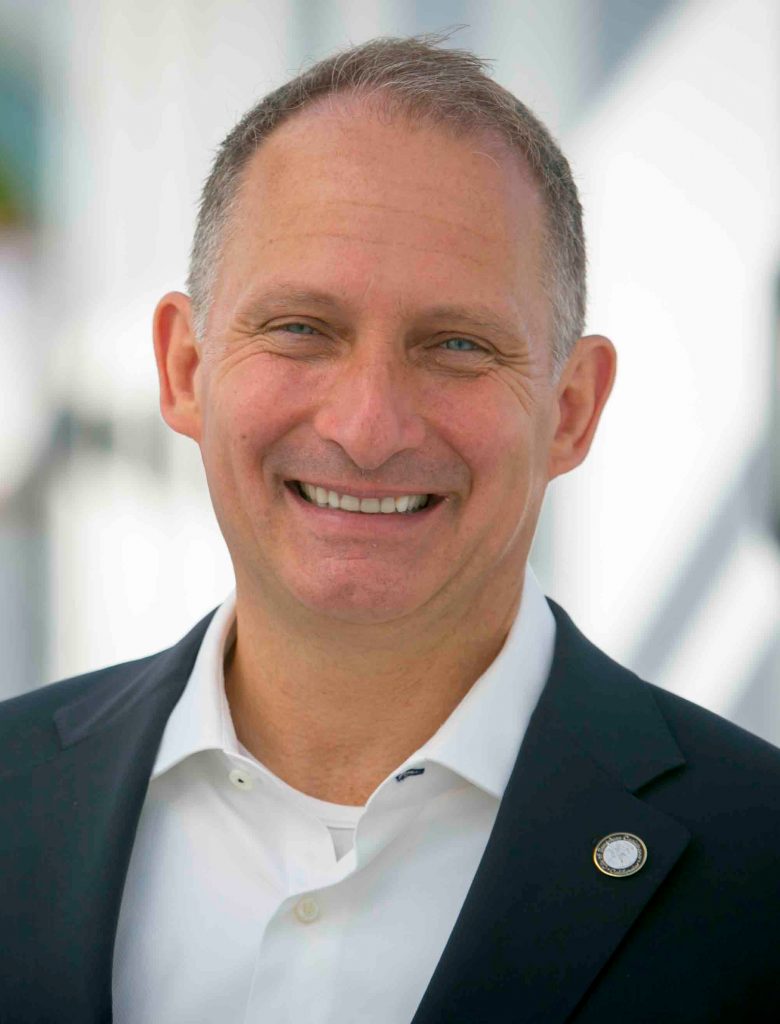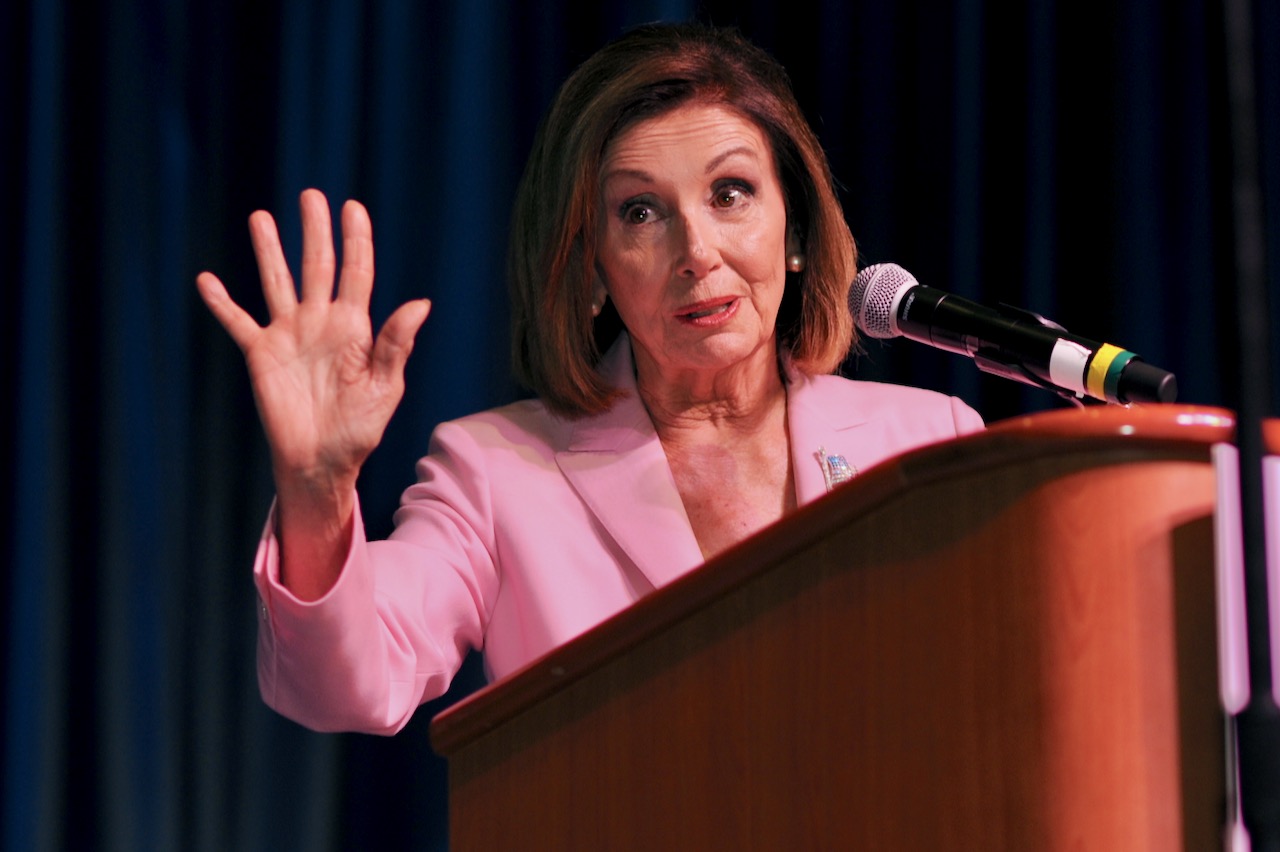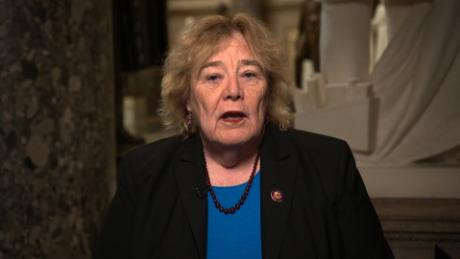
Congressman Mike Levin. (Photo: Wikipedia)
2020 Q1 Campaign Finance: What 49th Congressional District Candidates Raised And Spent
Maryott keeps a close race despite being outraised and outspent
By Evan Symon, April 21, 2020 2:25 am
2020 Congressional battleground districts in California are scattered all over the state, mostly in suburban or formerly rural areas going over a change. But in SoCal, Orange County seems to have the lion share. Most races in or around the county are considered battleground as the GOP tries to take back districts taken over during the blue wave of the last several years and Democrats try to hold those gains. And nowhere is this clearer than the 49th district.
Back in March, the Globe predicted a close primary in the 49th, a district sandwiched on the coastline between suburban Orange County and suburban San Diego County. And it was. Incumbent Congressman Mike Levin (D-CA) beat Republican San Juan Capistrano Mayor Brian Maryott by only 22,000 votes, 55% to 45%. With a gain in the primary from the 2018 fall election over the same seat, the GOP has hope despite a relatively strong Democratic presence. And both sides clearly want to hang on to the seat as their raising and spending shows.
Mike Levin
Congressman Mike Levin is hoping for a second term in November. He only had to face Maryott in the primary, but despite that, still spent a large amount. According to the FEC, Levin recorded $2.07 million in receipts and $1.33 million in disbursements.
Unusually, his largest source of contributions was Democracy Engine, an online fundraising and contribution platform. Employees and employees families from there donated $22,900. Those who work at Google came in a close second with $19,900 donated, while the controversial J Street PAC, who has also bumped up donations in other California races in Quarter 1, gave $18,150. PACs dominated Levin’s receipts, with another large donor, End Citizens United, a PAC that wants to deregulate some campaign financing limits, giving $15,600 to his campaign.
Retirees and lawyers were the two largest singular groups who donated to the Levin campaign in the first quarter, giving $207,000 and $150,000 respectively. Levin also received far more PAC money than Maryott, with Levin getting over $360,000 from PACs compared to Maryott barely breaking $15,000. He also received much more out-of-state money than his GOP rival, with over 17% of Levin’s receipts coming from outside California compared to Maryott only getting a little above 7% from out of state sources.
Brian Maryott

Like Levin, Maryott had no party challengers. And like Levin, he spent a large amount in an attempt to get ahead of Levin early. He managed to raise $1.166 million in the first quarter and spending $847,000.
Maryott relied more on individual donors and didn’t have as many large groups of people or PACs give. His largest giving groups, former Congressman Darrell Issa‘s Invest in a Strong & Secure America PAC and the southern California Republican-leaning New Majority PAC, each gave $5,000. Like Levin, Retiree’s were the largest bloc of Maryott’s donators, giving a combined $139,000 in Q1.
Maryott was also out-donated during the primary in almost every major sector. In addition to receiving far less PAC and out-of-state money, Maryott is also far behind Levin on how much cash he has on hand. Levin’s campaign is currently sitting on close to $1.5 million while Maryott is currently under $100,000 and is almost 3 times more in debt.
What this means for the 49th
Despite being outraised, outspent, and being in a more financially secure position, Maryott has kept this race tighter than 2018. Levin knows this and can still easily run new ads seemingly whenever he wants.
In addition to the coronavirus throwing a huge wrench in fundraising, the cash on hand situation largely favors incumbents. Incumbents tend to raise more by themselves, have the name recognition, don’t need to rely on in-person fundraisers as much, and can save on costs such as the free mail privilege for sitting members of Congress. Maryott has had some issues fundraising, and that will be exacerbated in Q2 and most likely Q3 when the race starts to come down to the wire.
Maryott still has a good chance to win the district back for the GOP, but Levin has the support and the financials. The FEC filings show that Levin has the mileage to go to November as is even with coronavirus. For Maryott to still have a chance come this fall, he needs to get donations in and continue to make a name for himself outside of the greater San Juan Capistrano area. But during a lock-down that may prove to be harder than it sounds.
- California Shows First Population Gain Since 2020 - April 16, 2024
- California Sues Huntington Beach Over Voter ID Law - April 16, 2024
- Bill to Introduce Higher Level Math Courses To 8th Graders Introduced In Senate - April 15, 2024





One thought on “2020 Q1 Campaign Finance: What 49th Congressional District Candidates Raised And Spent”